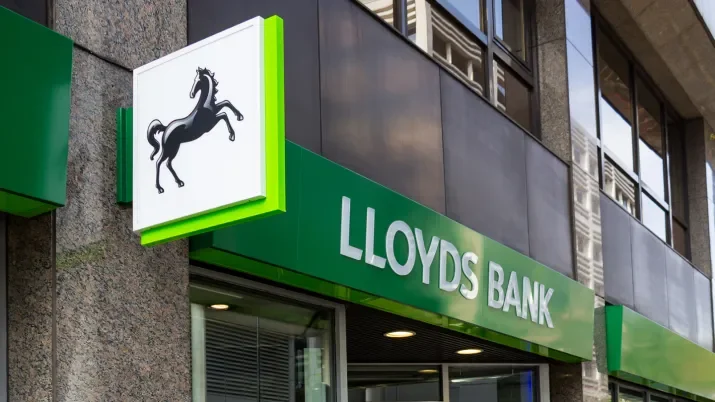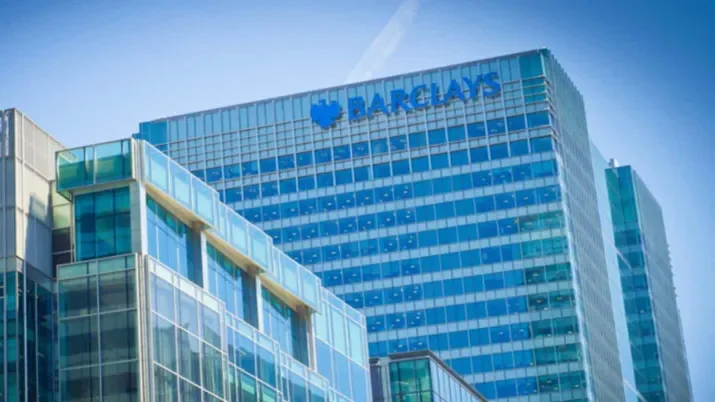
Lloyds Next Not to Call?
Earlier this year Santander became the first bank not to call its Additional Tier 1 (AT1 or ‘CoCo’) bonds at the first call date

The Problem With Gilts
Since the result of the UK referendum in June 2016 there has been a noticeable ‘Brexit-premium’ associated with most sterling denominated assets.

Supply Slowdown Points to CLO Performance
At the end of Q1 we were surprised by the solid pace of supply in CLOs, especially considering the challenging arbitrage dynamics facing issuers.

Markets are Still Fighting the Fed on Rates
Last Friday’s strong US GDP reading for the first quarter has sparked several days of debate between TwentyFour portfolio managers. The 3.2% reading was 100bp ahead of consensus, so a strong beat at the headline level, but the components accounting for it, such as inventory building, suggested the figure was an aberration and likely to reverse in Q2.

Thoughts on EM
Emerging Market (EM) bonds have had a good year so far. While they are not at the very top of the performance table, the hard currency CEMBI (Corporate Emerging Markets Bond Index) is up 5.69% in $ since the start of the year, and the EMBI (Sovereigns) is up 6.32%; not bad at all.

Capital, Calls and Comfortable Coupons
The cycle of banks calling outstanding capital bonds continued this week and we’ll soon be bidding fond farewells to two of our long held and favourite positions; Nationwide’s 6.875% Additional Tier 1 (CoCo) and Barclays’ 14% hybrid Tier 1.

UK Banks Show Caution in Credit Conditions
The Bank of England’s credit conditions survey for the first quarter of 2019 was released last Thursday, coinciding with an extended holiday period for many commentators, but certain sections made for interesting reading and are worth highlighting.

‘Building Par’ for CLO Bondholders
The end of 2018 and beginning of this year has been a tough time for credit, but it has also created an opportunity for CLO managers to invest in good companies at cheaper prices.

Sonia and RMBS Get Hitched
They have been dating for some time, and been the topic of discussion at numerous dinner parties, even its good friend Covered Bond got hitched, but now RMBS has taken the plunge and tied the knot with Sonia (the Sterling Overnight Index Average), having finally ditched long-term previous partner, Libor.

Diligence Due in AT1 as Spreads Tighten
Since the start of the year credit markets have been very well supported, reversing much of the sharp period of spread widening we experienced in the final quarter of 2018.

Have European Regulators Just Tightened Financial Conditions?
The ECB published the result of its Supervisory Review and Evaluation Process (SREP) yesterday, which increased the average capital requirements for European banks, and overall, increased the average SREP requirement by approx. 100bps.

Olive Oil, What’s Not To Like?
Deoleo is a Spanish olive oil company that people will know from its brands like Bertolli. It’s long been considered to be one of the “idiosyncratic” stories in the European leverage loan market. The deal has an 85m revolver, a 55m second lien tranche and widely traded 460m senior secured tranche.
Blog updates
Stay up to date with our latest blogs and market insights delivered direct to your inbox.

